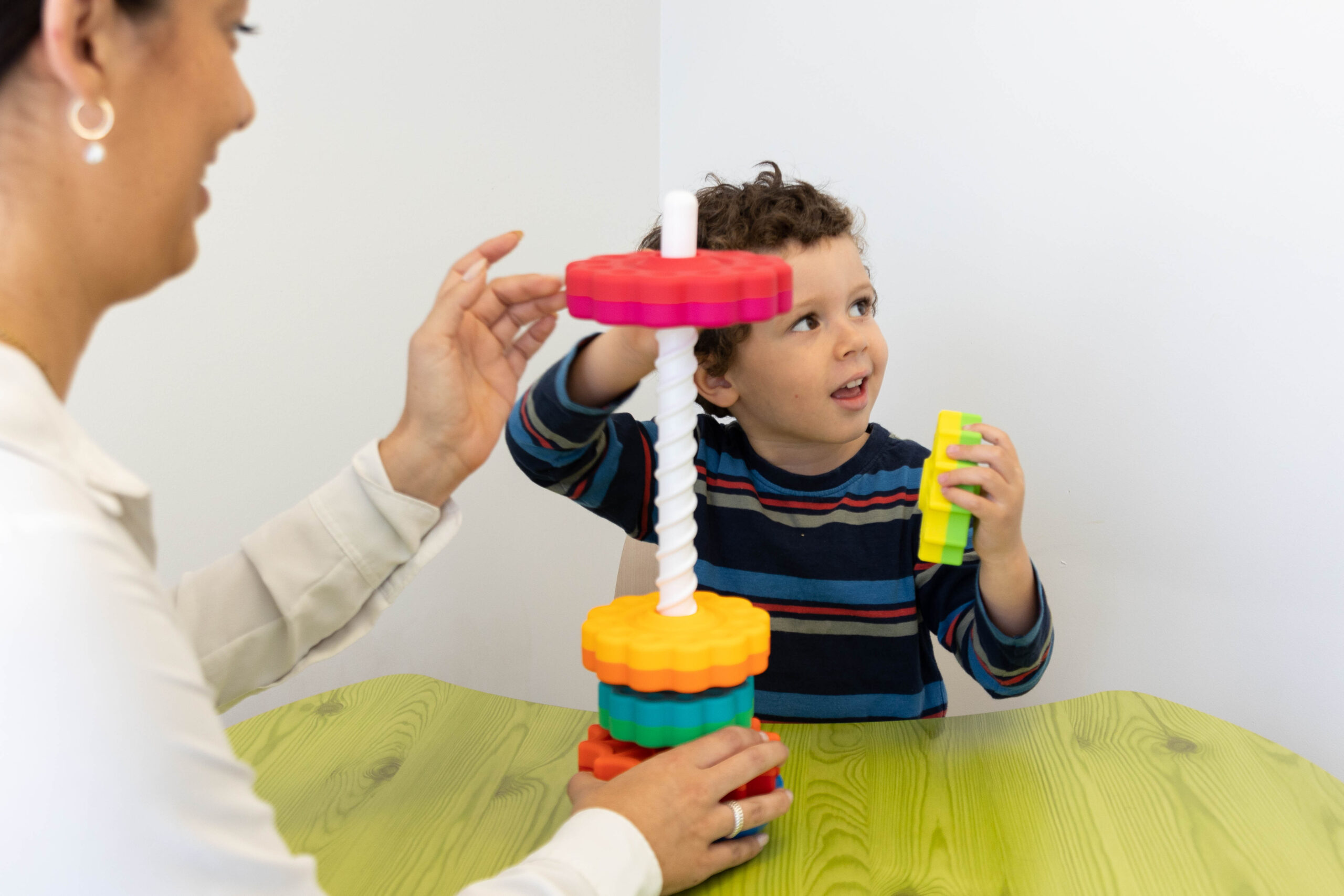The Camperdown Program is a behavioural treatment recommended for use with adolescents, that has had clinical trial evidence to support its effectiveness in children. It is a form of speech restructuring program where one will learn a new speech pattern to help control the stuttering and produce a more fluent speech in everyday speech situations (O’Brian, Carey, Lowe, Onslow, Packman, & Cream, 2018).
Empowerment is key in this program where clients develop skills to self-manage their stuttering over time and minimise risk of relapse. It is also important to reassure clients that the ultimate goal is a natural-sounding stutter-free speech. While the new speech pattern may sound unnatural at the beginning, clients will learn to navigate the different training components and ultimately progress to natural-sounding speech.
Telehealth (e.g. via Zoom) delivery of the Camperdown program has also been demonstrated to be effective (Carey, O’Brian, Lowe, & Onslow, 2014). This is particularly advantageous in situations where there are barriers to accessing treatment, such as families who are isolated from treatment services or if one is unable to leave the house for various reasons (Brignell, Krahe, Downes, Kefalianos, Reilly, & Morgan, 2020).
There are 4 stages to the program (obtained from the Australian Stuttering Research Centre):
Stage 1: Clinician to teach treatment components
- Clients will learn to consistently use the new speech pattern (i.e. fluency technique)
- Clients will also learn to reliably measure their stuttering severity
- Clients will progress to Stage 2 once they are able to consistently use the fluency technique to control their stuttering throughout the session (this would mean no or negligible stuttering)
Stage 2: Client to attain natural-sounding stutter-free speech in the clinic
- Clients will learn to use the fluency technique to reduce the stuttering in speech tasks
- Clients will self-evaluate their stuttering severity and fluency technique
- Clients will develop problem-solving skills (e.g. increasing use of fluency technique, which would make the speech sound less natural, in more complex tasks like a spontaneous conversation)
- Clients will progress to Stage 3 once they are able to achieve virtually no stuttering while sounding as normal as possible within the clinic
Stage 3: Client to generalise new technique to everyday speaking situations
- As clients move from a controlled clinic environment to an uncontrolled real-life environment, they will learn to problem solve and develop strategies to address difficulties (e.g. using fluency technique independently)
- Clients will progress to Stage 4 when individual stuttering and fluency technique goals are met (e.g. reduced stuttering with minimal use of fluency technique, i.e. natural sounding, in planned conversations)
Stage 4: Client to manage stuttering and prevent relapse in the long run
- Clients will self-manage any fluctuations in stuttering severity (e.g. control their stuttering using the fluency technique independently)
References
Australian Stuttering Research Centre. (2018). ASRC Downloads. Retrieved from https://www.uts.edu.au/asrc/resources/camperdown-program
Brignell, A., Krahe, M., Downes, M., Kefalianos, E., Reilly, S., Morgan, A. (2020). A systematic review of interventions for adults who stutter. Journal of Fluency Disorders, 64(105766). doi: 10.1016/j.jfludis.2020.105766.
Carey, B., O’Brian, S., Lowe, R., & Onslow, M. (2014). Webcam delivery of the Camperdown Program for adolescents who stutter: A Phase II trial. Language, Speech, and Services in Schools, 45, 314–324. doi: 10.1044/2014_LSHSS-13-0067
O’Brian, S., Carey, B., Lowe, R., Onslow, M., Packman, A., & Cream, A. (2018). The Camperdown program for stuttering: Treatment manual. Australian stuttering research centre.


